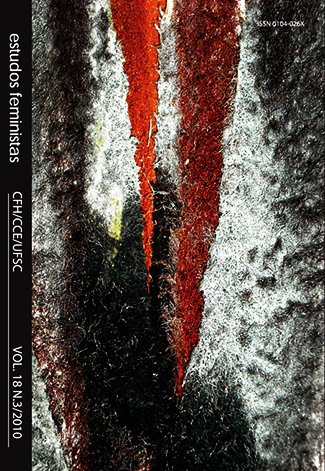Women, Negroes, and Other Monsters: An Essay on Non-Civilized Bodies
DOI:
https://doi.org/10.1590/S0104-026X2010000300010Abstract
The Western dynamics of civilization implies a tense relationship between body and mind, culture and nature, civilization and barbarism. In the following essay we explore the construction of the last one of such dualism by investigating the spaces where certain bodies are defined as monstrous. We are particularly concerned with the constitution of a scientific vision of racial differences, its specificity in relation to the medieval perception of the place of alterity, its role in legitimizing the circulation of ‘monstrous’ bodies as commodities and its claim to disclose an objective hierarchy of races and gender. From Lavater to Curvier, the classification of species offers a hierarchical model that will be appropriated by race and gender discourses in biology. Within this context, there is one case of paradigmatic quality, ‘The Hottentot Venus’. We argue that the political negotiation of Sara Baartman’s ontological status, during the 19th and 20th centuries, represents just such effort to establish the borders of civility through the circulation and exclusion of uncivilized bodies.Downloads
Downloads
Published
How to Cite
Issue
Section
License
Revista Estudos Feministas is under the Creative Commons International 4.0 Attribution License (CC BY 4.0), that allows sharing the work with recognition of authorship and initial publication in this journal.
The license allows:
Sharing (copying and redistributing the material in any support or format) and/or adapting (remixing, transforming, and creating from the material) for any purpose, even if commercial.
The licensor cannot revoke these rights provided the terms of the license are respected. The terms are the following:
Attribution – you should give the appropriate credit, provide a link to the license and indicate if changes were made. This can be done in several ways without suggesting that the licensor has approved of the use.
Without additional restrictions – You cannot apply legal terms or technological measures that prevent others from doing something allowed by the license.




